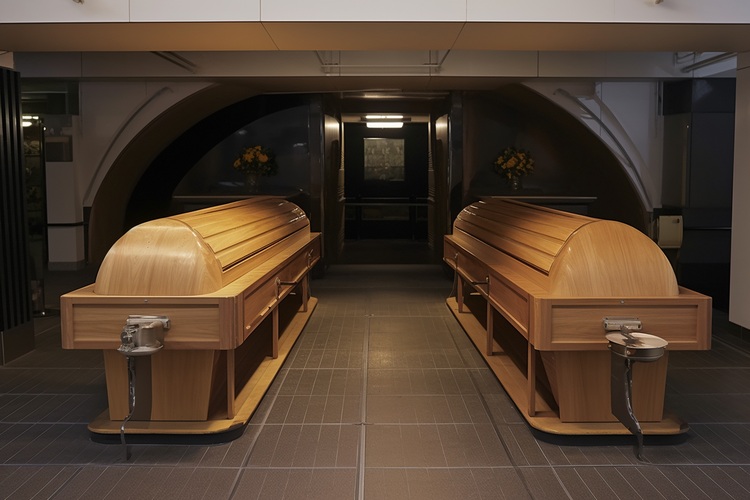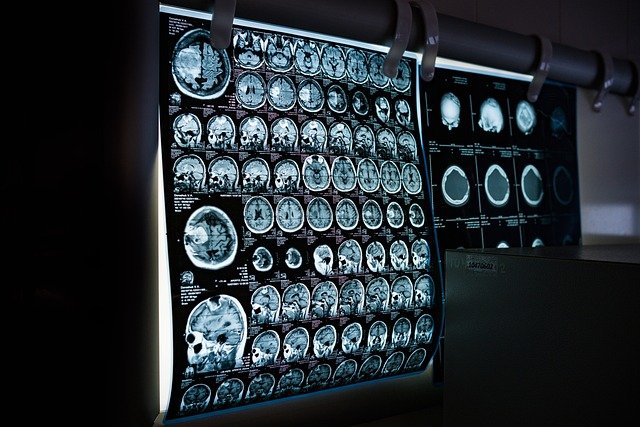Understanding the Cremation Process: Step-by-Step Overview
Cremation has become an increasingly popular choice for end-of-life arrangements in the United States. This process, which reduces the body to its basic elements through high heat, offers a dignified and often more affordable alternative to traditional burial. As more families consider cremation, it's essential to understand the steps involved and the options available. This article provides a comprehensive overview of the cremation process, from initial procedures to the final disposition of ashes.

What are the identification and authorization procedures in modern cremation?
The cremation process begins with strict identification and authorization procedures to ensure the utmost respect and care for the deceased. Upon arrival at the crematory, the body is carefully tagged and logged into a secure tracking system. This system maintains a chain of custody throughout the entire process, providing peace of mind to families.
Before any further steps can be taken, legal authorization must be obtained. This typically involves the next of kin signing a cremation authorization form. In some cases, additional documentation may be required, such as a death certificate or permission from a medical examiner. These procedures are in place to protect both the family and the crematory, ensuring that all legal and ethical standards are met.
What happens during the cremation itself?
Once all necessary authorizations are in place, the cremation process begins. The body is placed in a cremation container, which may be a simple cardboard box or a more elaborate casket designed for cremation. This container is then moved into the cremation chamber, also known as a retort.
The cremation chamber is heated to extremely high temperatures, typically between 1,400 to 1,800 degrees Fahrenheit. At these temperatures, the body and container are reduced to basic chemical compounds and mineral fragments. This process usually takes two to three hours, depending on factors such as body size and the type of cremation container used.
Throughout the cremation, trained technicians monitor the process to ensure it proceeds correctly and safely. Once complete, the chamber is cooled, and the remaining bone fragments are carefully collected.
How are ashes collected and returned to the family?
After the cremation, the collected bone fragments are processed into a fine, sand-like consistency. This is what is commonly referred to as “ashes.” These cremated remains are then placed in a temporary container or an urn if the family has provided one.
Most crematories have strict protocols for handling and transferring the ashes to ensure they are returned to the correct family. The ashes are typically ready for collection within a few days after the cremation. Families can choose to pick up the ashes in person or have them delivered, often through registered mail for added security.
What cremation options are available in the United States?
In the United States, several cremation options are available to suit different preferences and needs:
-
Direct Cremation: This is the simplest and often least expensive option. The body is cremated shortly after death, without a viewing or ceremony beforehand.
-
Cremation with a Memorial Service: The cremation is performed first, and a memorial service is held later with the ashes present.
-
Traditional Funeral with Cremation: A viewing and funeral service are held before the cremation takes place.
-
Witnessed Cremation: Some facilities allow family members to be present during the cremation process.
-
Green Cremation: Also known as alkaline hydrolysis or water cremation, this eco-friendly option uses water and alkaline solutions instead of fire.
How much do cremation services cost in the US?
The cost of cremation services in the United States can vary significantly based on location, services chosen, and the provider. Here’s a general overview of cremation costs:
| Service Type | Cost Range | Typical Inclusions |
|---|---|---|
| Direct Cremation | $600 - $3,000 | Basic services, cremation, temporary container |
| Cremation with Memorial | $1,500 - $4,000 | Cremation, memorial service, urn |
| Traditional Funeral with Cremation | $4,000 - $7,000+ | Viewing, funeral service, cremation, casket rental |
| Green Cremation | $2,000 - $5,000 | Eco-friendly process, temporary container |
Prices, rates, or cost estimates mentioned in this article are based on the latest available information but may change over time. Independent research is advised before making financial decisions.
It’s important to note that these prices can vary widely depending on the region and specific services chosen. Additional costs may include items such as death certificates, obituary publications, or more elaborate urns or memorial products.
Cremation services offer a range of options to honor loved ones in a way that aligns with personal preferences and budget considerations. From the initial identification procedures to the final return of ashes, the cremation process is designed to provide a respectful and dignified farewell. As cremation continues to grow in popularity, understanding these steps and options can help families make informed decisions during a difficult time.




